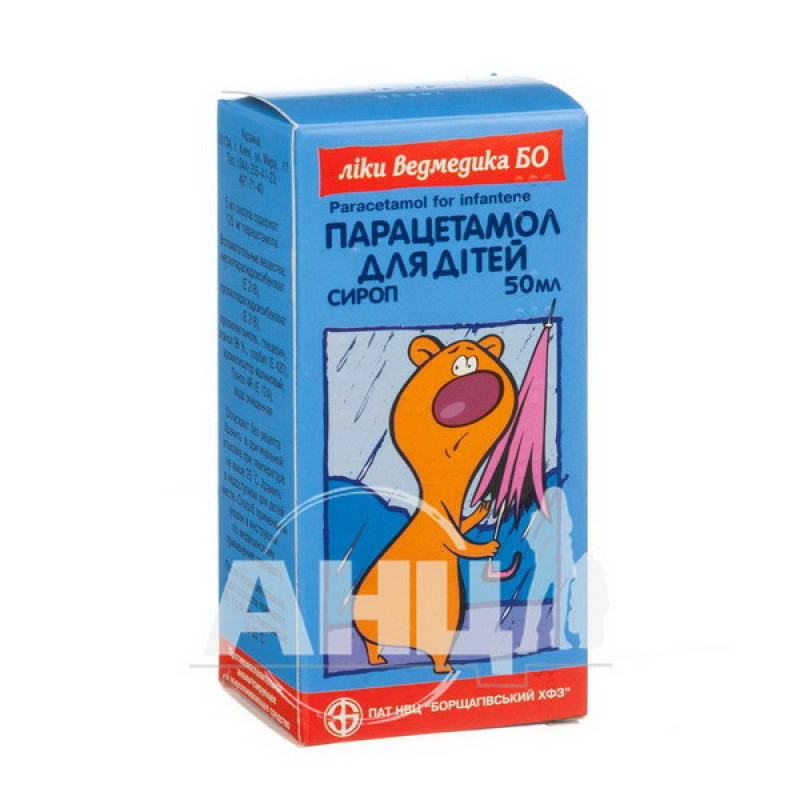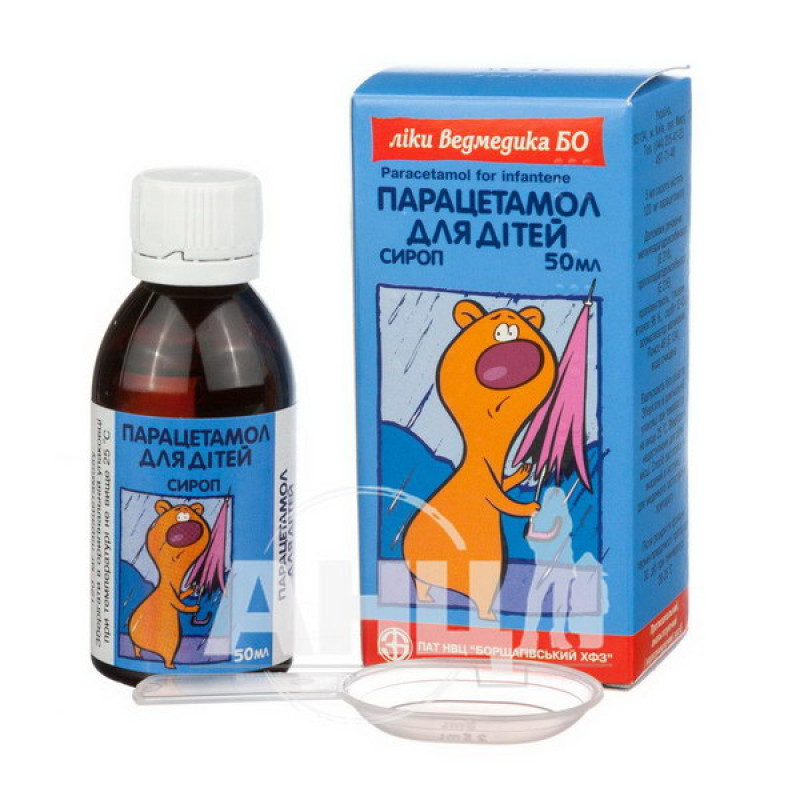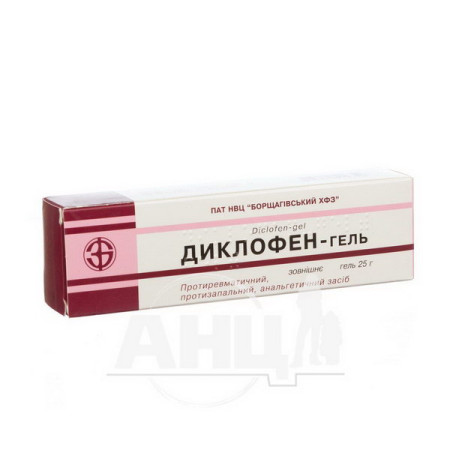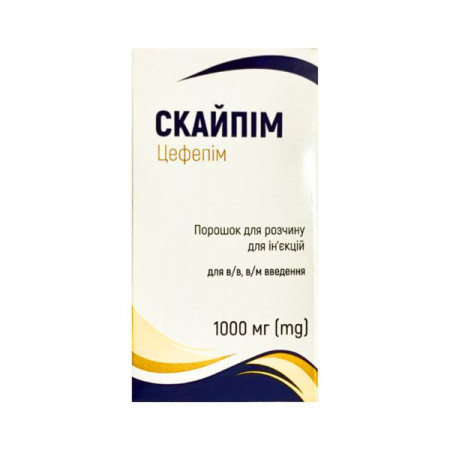Paracetamol for children syrup glass bottle 50 ml

Pharmacological properties
Paracetamol (n-(4-hydroxyphenyl)acetamide) has analgesic, antipyretic and weak anti-inflammatory effects. The mechanism of action is associated with inhibition of prostaglandin synthesis and effects on the thermoregulation center in the hypothalamus.
After oral administration, paracetamol is rapidly absorbed from the gastrointestinal tract, mainly in the small intestine, mainly by passive transport. After a single dose of 500 mg, the maximum concentration in the blood plasma is reached after 10-60 minutes and is about 6 μg / ml, then gradually decreases and after 6 hours is 11-12 μg / ml. It is well distributed in tissues and mainly in liquid media of the body, with the exception of adipose tissue and cerebrospinal fluid. Binding to plasma proteins is less than 10% and increases slightly with increasing dose. Sulfate and glucuronide metabolites bind to plasma proteins even at relatively high concentrations. Paracetamol is metabolized mainly in the liver by conjugation with glucuronides, conjugation with sulfate and oxidation with the participation of mixed liver oxidases and cytochrome P450. The hydroxylated metabolite with negative effects, N-acetyl-p-benzoquinoneimine, which is formed in very small quantities in the liver and kidneys under the influence of mixed oxidases and is detoxified by binding to glutathione, can accumulate in case of paracetamol overdose and cause tissue damage. In adults, most of the paracetamol is bound to glucuronic acid and to a lesser extent to sulfuric acid. These conjugated metabolites have no biological activity. In premature infants, newborns and in the first year of life, the sulfate metabolite predominates. The half-life is 1-3 hours. In patients with cirrhosis of the liver, the half-life is somewhat longer. The renal clearance of paracetamol is 5%. The drug is excreted in the urine mainly in the form of glucuronide and sulfate conjugates. Less than 5% is excreted as unchanged paracetamol.
Indication
Pain syndrome of low and medium intensity of various genesis (headache and toothache, neuralgia, myalgia, pain during teething, injuries, burns; pharyngitis, rheumatic pain). Fever in infectious and inflammatory diseases.
Application
The drug is administered orally. A single dose for children aged 6 months to 1 year is 60-120 mg (1/2-1 teaspoon of syrup), from 1 year to 3 years - 120-180 mg (1-1.5 teaspoons of syrup), from 3 to 6 years - 180-240 mg of paracetamol (1.5-2 teaspoons of syrup), from 6 to 12 years - 240-360 mg of paracetamol (2-3 teaspoons of syrup), over 12 years - 360-600 mg of paracetamol (3-5 teaspoons of syrup). The frequency of administration is 3-4 times a day with an interval between each dose of at least 4 hours. The maximum duration of treatment is 3 days.
Contraindication
Hypersensitivity to paracetamol and other components of the drug, severe liver and kidney dysfunction, glucose-6-phosphate dehydrogenase deficiency, blood diseases (severe anemia, leukopenia), age up to 6 months, congenital hyperbilirubinemia (Gilbert, Dubin-Johnson, Rotor syndrome).
Side effects
Nausea, epigastric pain, allergic reactions (skin rash, itching, urticaria, Quincke's edema) may occur. Side effects such as hemolytic anemia, thrombocytopenic purpura, methemoglobinemia, agranulocytosis are possible. With prolonged use in doses exceeding therapeutic doses, hepatotoxic effects are possible.
Special instructions
It is used with caution in the treatment of patients with impaired liver and kidney function, with benign hyperbilirubinemia. Long-term use of anticonvulsants causes an increase in the activity of liver enzymes, which increases the intensity of the effect of first-pass metabolism, increases the clearance of the drug. This may prevent the achievement of a therapeutic level of paracetamol concentration in the blood. With prolonged use of the drug, monitoring of the peripheral blood picture and the functional state of the liver is necessary.
Interactions
In patients taking phenytoin, rifampicin, barbiturates and tricyclic antidepressants, an increase in the half-life of paracetamol and an increased risk of hepatotoxic effects is possible. Increases the effect of indirect anticoagulants. Enhances the toxicity of chloramphenicol.
Overdose
When taking syrup in doses exceeding the recommended ones, the following side effects are possible: hemolytic anemia, thrombocytopenic purpura; methemoglobinemia, agranulocytosis, hepatotoxic effect. In this case, gastric lavage is necessary, and if possible, early administration of the antidote - acetylcysteine.
Storage conditions
In a place protected from light at a temperature not exceeding 25 ° C. After opening the bottle, the shelf life of the drug is 30 days at a temperature of 20-25 ° C.
Translation of the instructions can be
There are no reviews for this product.
There are no reviews for this product, be the first to leave your review.
No questions about this product, be the first and ask your question.







